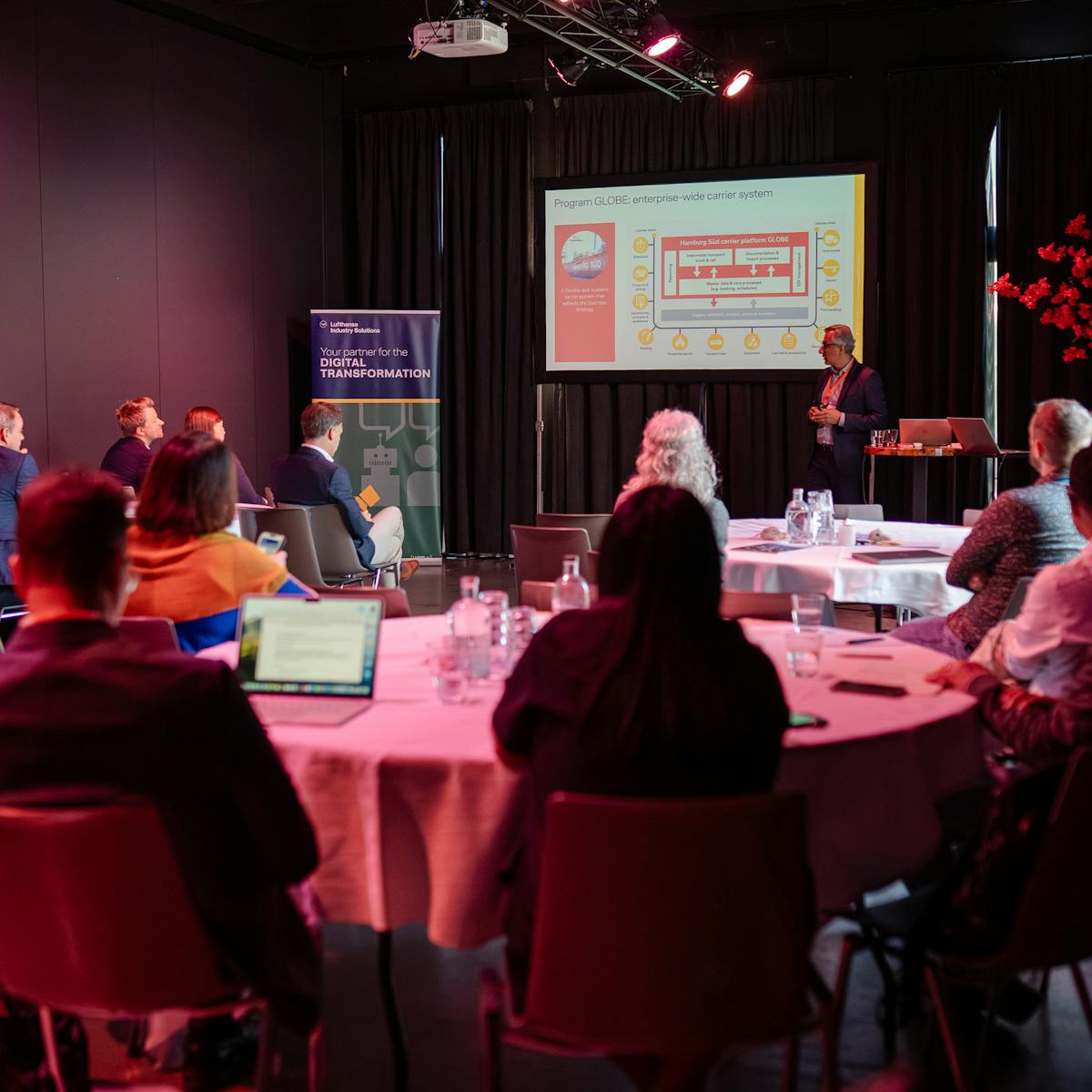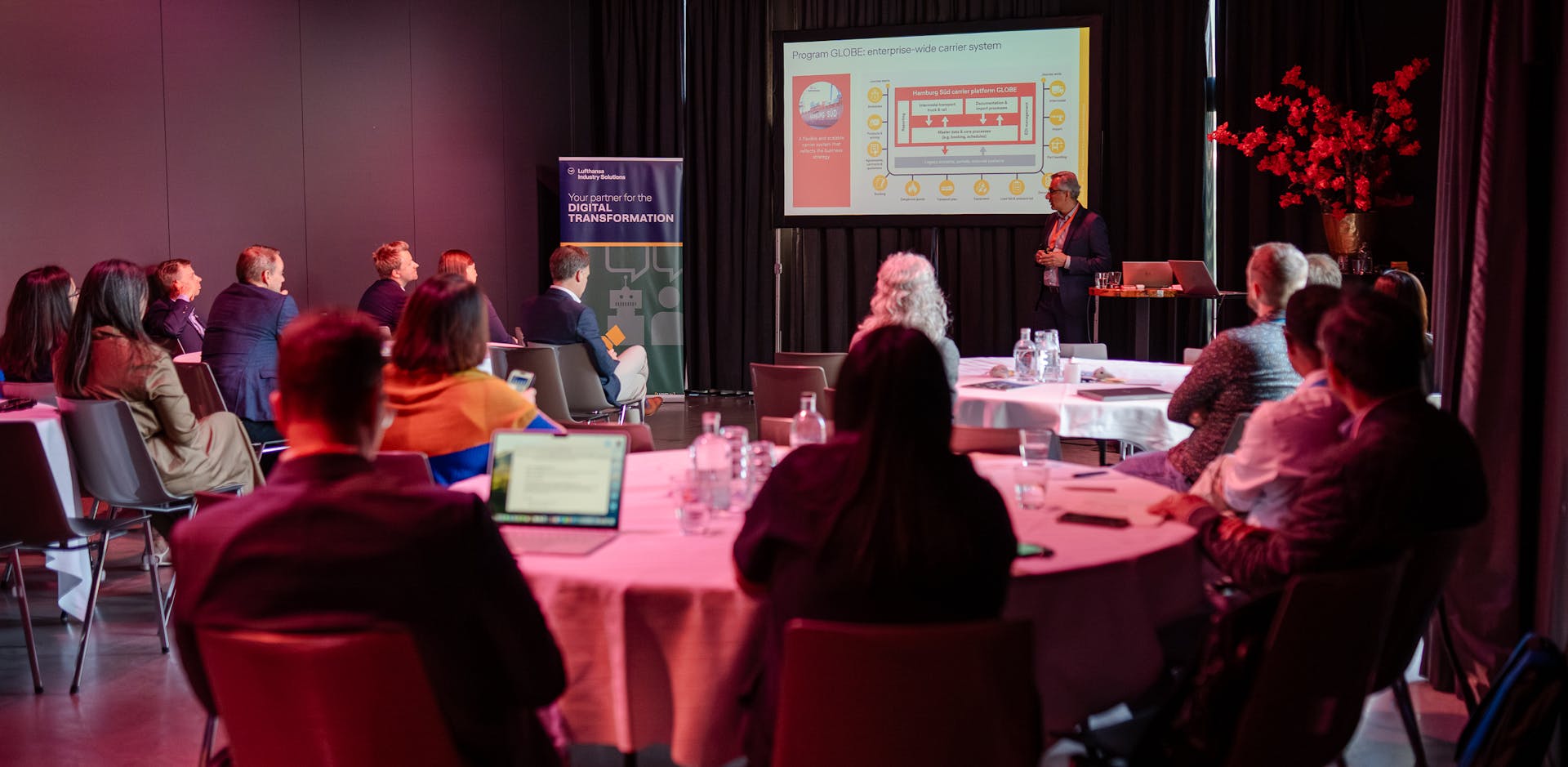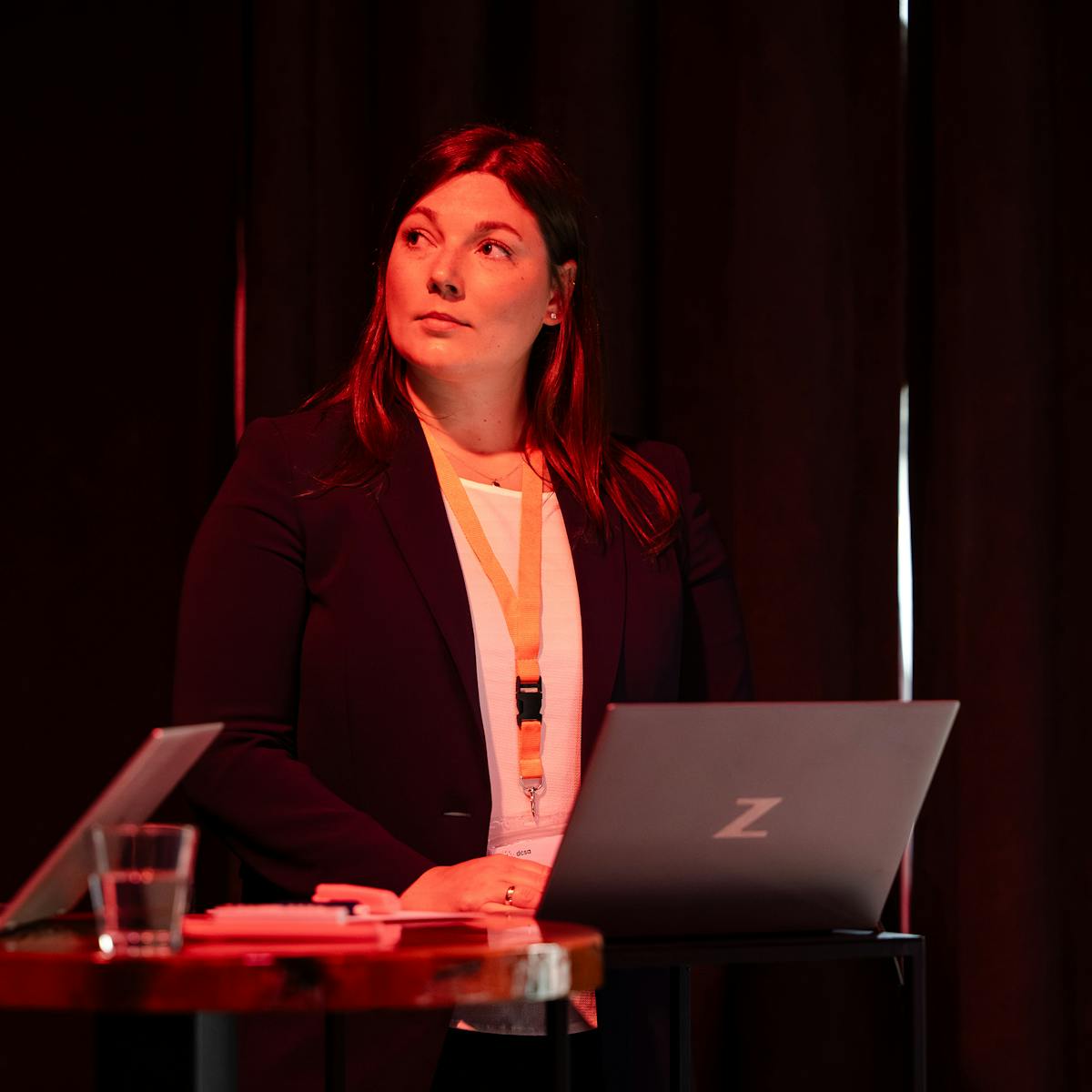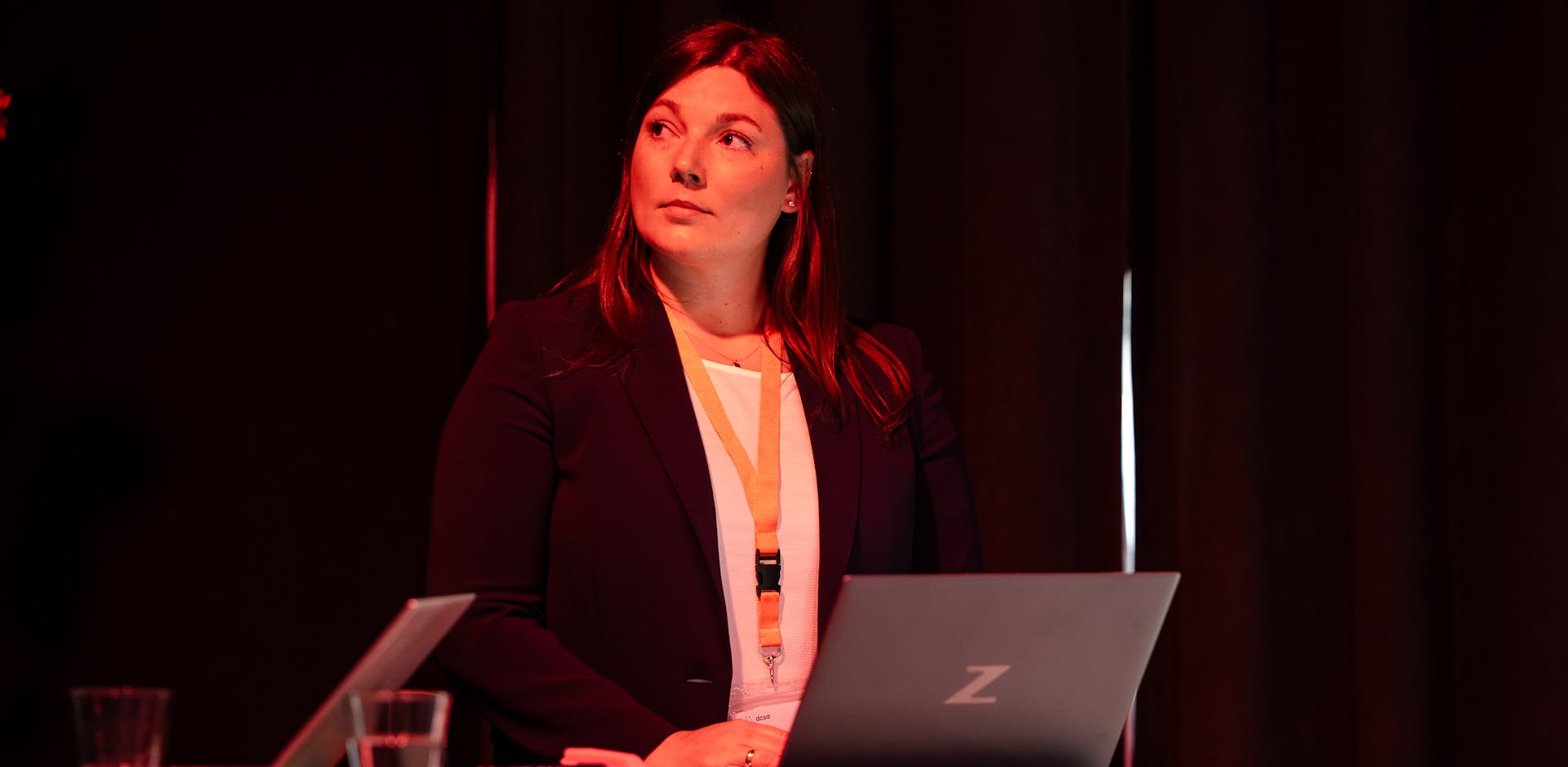From aviation to container shipping: How a standards-first strategy enabled digital transformation at scale
Fragmented systems and inconsistent data exchanges continue to slow progress in container shipping’s digital journey. Nowhere is this more evident than in the case of the electronic bill of lading (eBL), which promises faster, more reliable documentation, yet struggles to gain traction. A proliferation of proprietary solutions and a lack of interoperability between systems remain key barriers.This isn’t a new story. In the early 2000s, aviation faced the same constraints. The International Air Transport Association (IATA) responded by coordinating standards and aligning stakeholders, laying the groundwork for an industry-wide shift. The result is a sector that now operates with high levels of automation, transparency, and compliance.DCSA’s approach builds on the same principle. Standards must come first. To support this effort, DCSA invited Lufthansa Industry Solutions (LHIND), a DCSA+ partner with deep experience in cross-sector digitalization, to contribute their perspective. LHIND’s work with IATA and other transport segments has shaped their view on what it takes to move from complexity to alignment. This article shares the perspective on what aviation achieved, what it teaches us, and how DCSA and its partners can apply those lessons.
Aviation’s roadmap to digitisation
The shift in aviation was deliberate and sustained. Representing over 80% of global air traffic, IATA launched its e-Freight programme in 2005 to replace paper-based processes with digital documents and structured messages. A major step followed in 2010 with the electronic Air Waybill (e-AWB), a digital contract between freight forwarder and carrier. By 2019, e-AWB had become the default for most shipments. This was only possible because a few highly motivated stakeholders took over responsibility and introduced the IATA “Single Process”.This was about more than just about replacing forms, it reflected a coordinated commitment across carriers, regulators, and technology providers. With shared standards in place, the aviation industry reached 70–85% digitisation, while also enabling programmes such as ONE Order and New Distribution Capability (NDC). These initiatives improved process efficiency and unlocked new commercial value. All of it was achieved with modest investment, around 3.5% of revenue. The conclusion is that standards, not spend, drive transformation.Six lessons from aviation - Shared by Lufthansa Industry Solutions
Lufthansa Industry Solutions is a long-standing digitalization partner to the transport sector, with direct involvement in IATA’s transformation. As a DCSA+ partner, LHIND brings that experience into container shipping, helping translate proven principles into operational practice.From that work, six lessons stand out. These principles helped aviation shift from fragmentation to a standardised digital ecosystem. They offer direction for any sector facing similar complexity:1. Don’t wait until everybody else is ready, take over responsibility and drive progress.2. Engage early with regulators to ensure global alignment.3. Begin with foundational use cases and scale incrementally.4. Publish adoption rankings to encourage transparency and peer alignment.5. Allow any form of electronic data rather than defaulting to none (paper).6. Treat standardisation as the foundation of digital transformation, not the end result.Without these conditions in place, digital projects often stall. Delays, inconsistent outcomes, and rising costs are common. But with a shared structure, collaboration becomes scalable, and the benefits are easier to realise.DCSA and Lufthansa Industry Solutions partnership in practice
The collaboration between DCSA and LHIND is framed within the DCSA+ programme, a non-commercial framework for ecosystem engagement. It brings together technology providers, such as LHIND, with carriers and other partners to support standards development and adoption.For LHIND, the partnership is a chance to apply hard-won experience to a new context, helping steer and accelerate the alignment of digital systems in container shipping. For DCSA, it brings an outside-in perspective on what works, where friction appears, and how to structure implementation at scale.The work is not about building new platforms. It’s about ensuring that existing and future systems can speak to each other. That they are interoperable by design, not by workaround, and that container shipping doesn’t repeat mistakes aviation already solved.Applying the lessons
DCSA has introduced a suite of standards to support this shift, from eBL and track-and-trace to Just-in-Time port calls and shipment lifecycle visibility. Uptake is increasing, but alignment remains uneven, and the risk of fragmented adoption is still present.While aviation implemented e-AWB in two years, container shipping anticipates a seven-year path for eBL. That gap reflects real differences in complexity and underlines the urgency of learning from what has worked elsewhere. According to McKinsey, full adoption of a standardised eBL could eliminate $6.5 billion in direct costs and unlock $30–40 billion in trade volume.The cost saving logic of standardisation is clear and well documented however, while standards are a prerequisite, they do not create value on their own. Only adoption at scale will translate that foundation into measurable outcomes.Looking ahead
Container shipping is entering a decisive phase, and as operational strain, regulatory pressure, and customer demand converge, the need for coordination is more urgent than ever.DCSA standards offer a shared foundation. Members define them and together with partners help deliver them. The emphasis is not control, but consistency.What aviation achieved was not easy, but it was structured, deliberate, and most importantly, effective. That blueprint exists. Now it’s up to this industry to make it real.Partner Spotlight
This article is published in collaboration with Lufthansa Industry Solutions, one of the first partners to join DCSA+, demonstrating their commitment to advancing adoption of digital standards across the shipping industry.
Partner Spotlight
This article is published in collaboration with Lufthansa Industry Solutions, one of the first partners to join DCSA+, demonstrating their commitment to advancing adoption of digital standards across the shipping industry.





